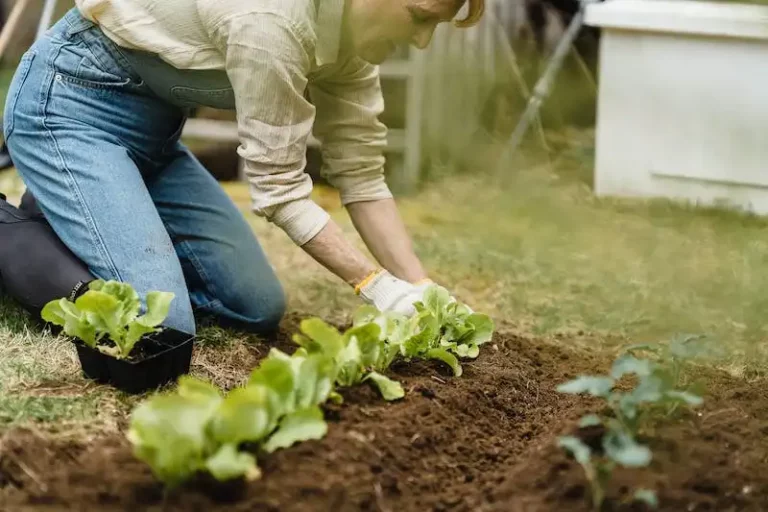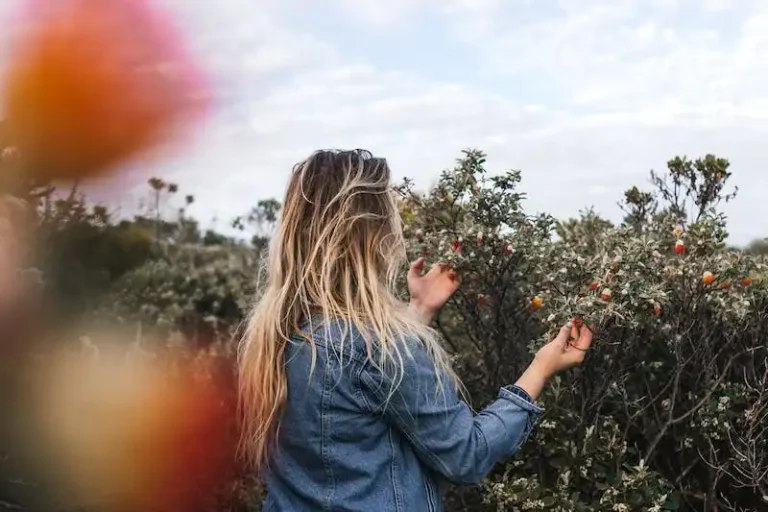If you’ve ever asked yourself “how do I take care of my lucky bamboo?” you’re not alone. Lucky bamboo, also known as Dracaena sanderiana, is a popular indoor plant that is believed to bring good luck and positive energy. With its attractive, versatile foliage and easy-care nature, it’s no wonder that it has become a favorite among plant enthusiasts.
When it comes to the health of your lucky bamboo, one of the most important factors to consider is watering. Too much or too little water can have a negative impact on the plant’s growth and overall well-being.
So, how often should you water your lucky bamboo? Well, it depends on a number of factors such as the size of your plant, the climate you live in, and the type of container it’s planted in. Generally, lucky bamboo should be watered once every one to two weeks.
When watering your lucky bamboo, it’s important to thoroughly moisten the soil. This means that you should pour enough water into the soil until it drains out of the bottom of the container. It’s also a good idea to use filtered or distilled water to prevent any chemicals or minerals from affecting the plant’s health.
In addition to regular watering, it’s recommended to fertilize your lucky bamboo once every one to two months. This will help ensure that the plant receives all the nutrients it needs for healthy growth. You can use a liquid fertilizer specifically formulated for lucky bamboo, following the instructions on the package.
Before watering your lucky bamboo, check the moisture level of the soil by sticking your finger about an inch below the surface. If it feels dry, it’s time to water the plant. On the other hand, if the soil feels moist, it’s better to wait for a few days before watering again.
Pro Tip: Always water your lucky bamboo in the morning so that any excess moisture can evaporate throughout the day, preventing the roots from sitting in water.
Another important thing to note is that lucky bamboo prefers moderate temperatures, typically between 60 and 80 degrees Fahrenheit (15 to 27 degrees Celsius). So, if you place your plant near a window, make sure to keep it away from drafty areas or extreme temperatures.
In terms of the container, lucky bamboo can be grown in a variety of types such as glass vases, ceramic pots, or even decorative containers. Just make sure that the container has drainage holes to allow excess water to escape.
When it comes to propagating lucky bamboo, there are a few options. You can either propagate through stem cuttings or by placing the plant directly in water. Stem cuttings are the most common method and involve cutting a piece of the stem with at least one node and placing it in water or soil. In both cases, make sure to choose a healthy and well-established plant for propagation.
In conclusion, taking care of your lucky bamboo is easy as long as you provide it with the right amount of water, moderate temperatures, and a well-draining container. By ensuring proper watering and fertilizing, you can help your plant thrive and bring luck and positive energy into your home or office.
Sources: Hunker
Lucky Bamboo Care: How To Grow Dracaena Sanderiana
Lucky bamboo, scientifically known as Dracaena sanderiana, is a popular indoor plant that is believed to bring good luck and positive energy. This low-maintenance plant is easy to care for and can be grown in soil or water. However, in this article, we will focus on growing lucky bamboo in soil.
Lucky bamboo prefers bright, indirect light. Placing it near a window where it can receive filtered or diffused light is ideal. However, it can tolerate low-light conditions as well.
When growing lucky bamboo in soil, it’s important to start with a well-draining soil mixture. A mix of equal parts potting soil and sand or perlite works well. This allows excess water to drain away from the roots and prevents them from becoming waterlogged.
One important thing to note is that lucky bamboo stalks are actually produced from the nodes on an existing stalk. To start growing lucky bamboo, you can either keep the plant in water until roots appear or plant it directly into soil.
When planting lucky bamboo in soil, make sure to bury the nodes in the soil, as these are the points from where new growth will emerge. Keep the soil slightly moist, but not soggy. Water the plant thoroughly when the top inch of soil feels dry to the touch.
It’s best to water lucky bamboo from the bottom rather than from the top. This helps prevent the leaves and stems from getting wet, which can lead to rot. To do this, place the plant pot in a tray filled with water and allow the soil to soak up the water through the drainage holes at the bottom of the pot. Once the soil is moist, remove the pot from the tray to prevent waterlogging.
For repotting, it’s best to switch to a slightly larger pot when the plant outgrows its current one. Lucky bamboo can be grown in either ceramic or plastic pots, as long as they have drainage holes. However, avoid using pots with saucers attached, as excess water can accumulate and cause root rot.
If you notice yellow leaves on your lucky bamboo, it may be a sign of overwatering. In this case, allow the soil to dry out slightly between waterings. On the other hand, if the leaves turn brown and crispy, it could be due to underwatering. Increase the frequency of watering and ensure the plant is receiving adequate moisture.
When growing lucky bamboo indoors, it’s important to provide a temperature range that it prefers. Lucky bamboo prefers temperatures between 65°F (18°C) and 90°F (32°C). Keep it away from drafts, as sudden temperature changes can distress the plant.
Lucky bamboo is generally a pest-free plant, but if you do encounter any pests, such as spider mites or mealybugs, you can treat them with insecticidal soap or wipe them off gently with a cotton swab dipped in rubbing alcohol.
In conclusion, lucky bamboo is an easy-to-grow indoor plant that can be grown in soil or water. When growing it in soil, make sure to use a well-draining potting mix and provide bright, indirect light. Water the plant from the bottom and keep the soil slightly moist. Keep an eye out for signs of over or underwatering, and provide the plant with the right temperature and care. With these simple methods, you can enjoy the beauty of healthy and thriving lucky bamboo in your home or office.
Quick Care Guide
Propagation: Lucky bamboo can be propagated through division or cuttings.
Heart problems: Yellowing leaves or mushy stems can be signs of overwatering.
Being low-maintenance: Lucky bamboo is a low-maintenance plant that can thrive in various conditions.
Flower usually: Lucky bamboo plants usually do not flower.
Chinese traditions: Lucky bamboo is often associated with Chinese traditions and is considered a popular gift.
Size and growth: Lucky bamboo can grow up to several inches tall.
Important note: It’s important to ensure that the roots are not sitting in water, as this can lead to root rot.
Troubleshooting: If the leaves are turning yellow, it could be a sign of too much sunlight or chlorine in the water.
Propagation methods: Lucky bamboo can be propagated through division or cuttings.
Watering: Lucky bamboo prefers distilled or chlorine-free water. It should be watered thoroughly once a month.
Dividing and repotting: When the plant becomes too large for its current container, it can be divided and repotted in a larger pot.
Best way to water: Water should be poured directly into the soil, away from the leaves and stalks.
Consider drafts: Lucky bamboo prefers to be away from drafts and direct sunlight.
White flower: There is a type of lucky bamboo that can produce white flowers.
Growing conditions: Lucky bamboo can grow in various climate conditions, but it’s important to consider the preferred growing conditions.
Ask someone: If you have any questions about lucky bamboo care, don’t hesitate to ask someone knowledgeable.
All About Lucky Bamboo Plants
If you’re looking for an easy-to-care-for and popular plant, lucky bamboo is a great choice. This plant, which is not actually bamboo but part of the Dracaena family, is found in many homes and offices due to its low maintenance requirements and attractive appearance.
Lucky bamboo is often seen in arrangements where the individual bamboo stalks are grown in water. However, it can also be grown in soil, which is the focus of this article.
When potting lucky bamboo in soil, it’s important to use well-draining soil to ensure the plant’s roots don’t become waterlogged. A mix of potting soil and sand or perlite works well. The soil should be kept slightly moist, but not overly wet. When watering, make sure to water directly into the soil and avoid getting water on the leaves. This helps prevent browning of the leaves.
Proper spacing and arrangement of the bamboo stalks is also important. They should be placed together in a group, with about an inch or two of space between them. This allows the plant to grow and ensures that each stalk receives enough light and water.
Lucky bamboo plants can benefit from regular repotting to ensure they have enough space to grow. Repotting should be done when the plant becomes root-bound or every two years. When repotting, gently remove the plant from its current container and place it into a new one with fresh soil. This helps to refresh the soil and ensure the plant has enough nutrients.
Pruning can help keep lucky bamboo plants looking their best. If the leaves turn yellow or brown, they can be pruned off at the base. This will encourage new growth and keep the plant looking healthy.
Lucky bamboo plants are also popular because they are believed to bring good luck and positive energy according to Chinese traditions. They are often used in Feng Shui practices and make great gifts for friends and loved ones.
It’s important to note that while lucky bamboo is generally safe for humans, the plant and its leaves are toxic to cats, dogs, and other animals. Make sure to keep lucky bamboo out of reach of pets.
Overall, lucky bamboo plants are a wonderful addition to any home or office. They require little maintenance, add a touch of greenery, and can even bring some luck and positive energy into your life. So, if you’re looking for a new plant to care for, start with a lucky bamboo plant and see how it brightens up your space.




